Cruciferous vegetables
Cruciferous vegetables such as broccoli, cabbage, cauliflower, etc. are often recommended for people with kidney disease. Because cruciferous vegetables contain many antioxidants and are extremely nutritious.
They have been shown to help reduce the risk of many types of cancer, including kidney cancer. In particular, these cruciferous vegetables, used to improve kidney health, can be processed and used very flexibly (can be eaten raw, steamed, boiled, cooked in soup, etc.).
Berries (grapes, strawberries, apples, pomegranates)
Berries are beneficial to human health, help reduce inflammation and improve cardiovascular health. Some fruits in the berry group are: blueberries, strawberries, raspberries, pomegranates, apples... Berries contain a lot of fiber, vitamins, minerals and antioxidants (flavonoids, polyphenols)...
Berries are easy to eat, easy to find, and require little preparation.
Studies have shown that eating berries reduces the risk factors for atherosclerosis. For example: high LDL cholesterol, blood pressure, blood sugar... In addition, berries also help prevent clogged arteries by reducing cholesterol buildup, reducing inflammation and protecting cells.
Berries are easy to eat, easy to find and do not require much effort to prepare. You should soak the berries in salt water, then rinse them again and eat them directly. In addition, you can eat berries with unsweetened yogurt or blend them into a smoothie to drink.
Green tea
A 2020 study found that green tea helps lower LDL and total cholesterol levels in the body. The main compound in green tea is Catechin, a powerful group of antioxidants that help reduce inflammation and prevent cancer. In addition, Catechin also contains EGCG, which helps inhibit platelet aggregation and prevent blood clots.
You can use green tea to make many kinds of cakes and drinks.
Fruit green tea: You brew green tea leaves, then marinate them with tropical fruits or use fruit jam to create flavor.
You brew green tea leaves, then marinate with tropical fruits or use fruit jam to create flavor.
Cakes and ice creams: Dry tea is ground into powder, then mixed with ingredients for cakes and ice creams, which has a delicious slightly bitter taste.
When using green tea, you should not drink too much or use it in the evening. In addition, people with iron deficiency (anemia) should limit the use of green tea.
Celery & Spinach are Blood Vessel Cleansing Foods
Celery and spinach are rich sources of nitrates, which help improve blood vessel function and reduce inflammation. In addition, these two vegetables also contain a lot of potassium, fiber, ... preventing blood vessel calcification. Research by the American Heart Association shows that a serving of celery & spinach every day will help you reduce the risk of heart disease by 12-18%.
These two vegetables can be prepared in many different ways.
Juice: Combine celery and spinach with fruits like apples and cucumbers to create a refreshing juice rich in vitamins and minerals.
Celery and spinach are rich sources of nitrates, which help improve blood vessel function and reduce inflammation.
Salad: Mix celery, spinach with vegetables, fruits, nuts and oats, combine with dressings.
Cook stir-fried dishes, cook soup: You can add two types of vegetables to your daily menu with stir-fried and boiled vegetables.
Tomato
Tomatoes contain the carotenoid pigment lycopene which helps: Reduce inflammation, increase HDL cholesterol and reduce the risk of heart disease. In addition, tomatoes are also rich in Vitamin C which helps increase the body's resistance. You can cook many dishes from tomatoes such as:
Tomato soup: You cook tomatoes until soft, combined with other vegetables such as carrots and potatoes. Tomato juice: Tomato juice provides a large amount of lycopene and many beneficial nutrients.
Other dishes: Tomato and egg soup, sour soup, tomato stew with beef,...
Onion
Onions contain sulfur compounds that help prevent blood vessel inflammation and inhibit platelet aggregation in the blood. In addition, onions are rich in potassium, which helps regulate blood pressure and reduce stress on blood vessel walls. A large 15-year study showed that consuming Allium vegetables such as onions reduces the risk of death from atherosclerosis.
You can also use onions in stir-fries, stews or soups.
You can eat raw onions by chopping them and adding them to salads. Raw onions contain more nutrients than cooked onions. You can also use onions in stir-fries, stews or soups.
Bitter melon
An article by Dr. Tran Van Chien in the Health & Life Newspaper said that bitter melon is rich in vitamin B1, vitamin C and many minerals. Bitter melon is effective in reducing blood fat and enhancing the body's resistance.
In addition, bitter melon can also stimulate insulin secretion, effective in reducing blood sugar levels.
Blueberries
In addition to cruciferous vegetables, blueberries are also a food that is extremely high in antioxidants, which can protect the liver from damage. Many animal studies have found that whole blueberries can help keep the liver healthy.
Use blueberries, can be eaten directly or by mixing them into yogurt, oatmeal or smoothies to drink.
Several animal studies have found that whole blueberries can help keep the liver healthy.
Carrot
Carrots are known to many people for their high vitamin A content, which helps improve eyesight. In addition to being good for eyesight, carrots are also one of the foods that can help lower blood pressure, reduce the risk of type II diabetes, and reduce cholesterol absorption.
In particular, when using raw carrots, it will provide the body with a lot of fiber called pectin, a substance that can help reduce blood cholesterol, reduce toxins accumulated in the blood and at the same time reduce the burden on the kidneys.
Source: https://giadinh.suckhoedoisong.vn/cac-loai-rau-qua-giup-ban-thanh-loc-mau-cuc-hieu-qua-172250416114433282.htm


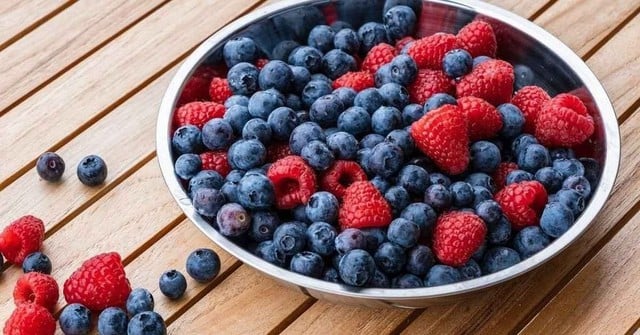

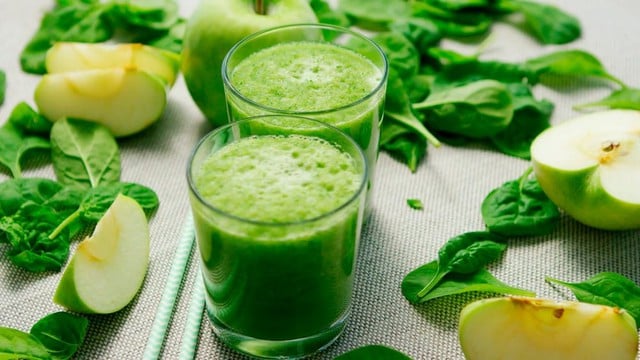
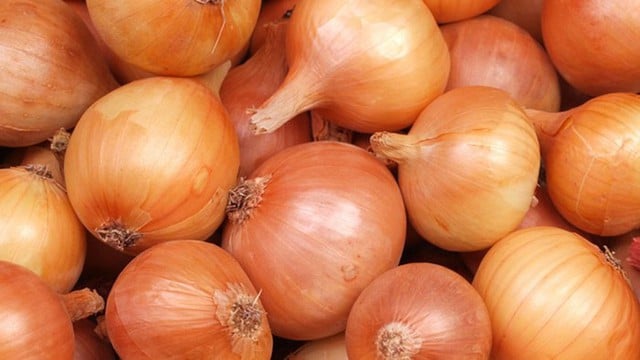
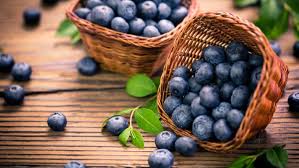
![[UPDATE] April 30th parade rehearsal on Le Duan street in front of Independence Palace](https://vstatic.vietnam.vn/vietnam/resource/IMAGE/2025/4/18/8f2604c6bc5648d4b918bd6867d08396)




![[Photo] Prime Minister Pham Minh Chinh receives Mr. Jefferey Perlman, CEO of Warburg Pincus Group (USA)](https://vstatic.vietnam.vn/vietnam/resource/IMAGE/2025/4/18/c37781eeb50342f09d8fe6841db2426c)


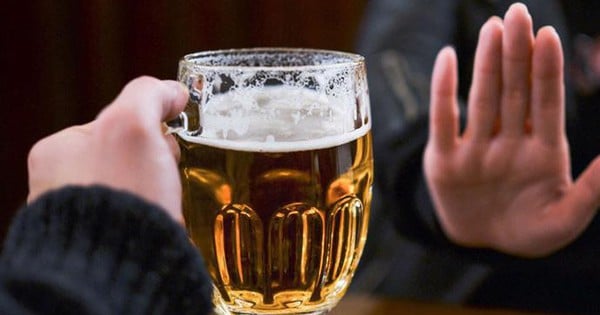


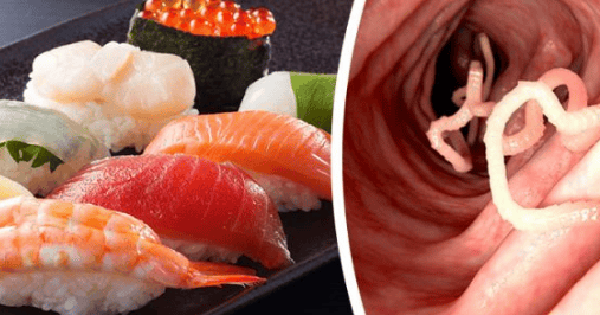




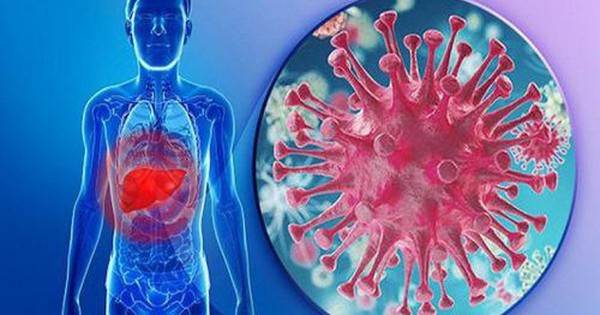


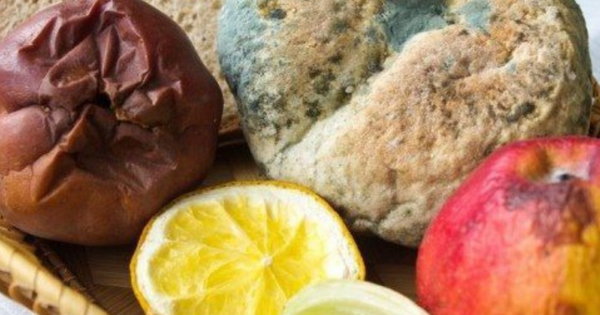
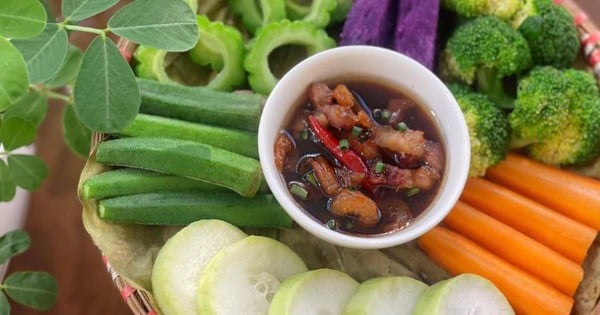
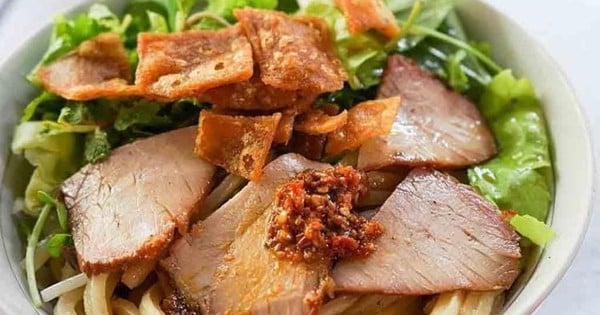
















































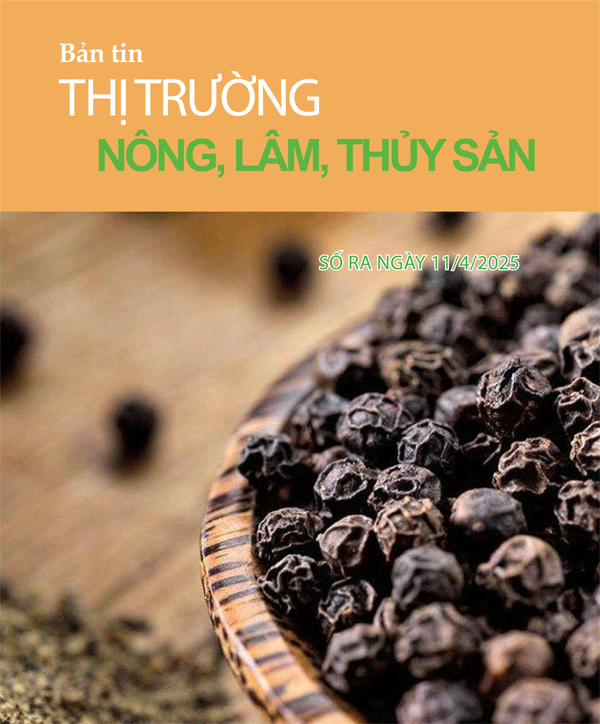



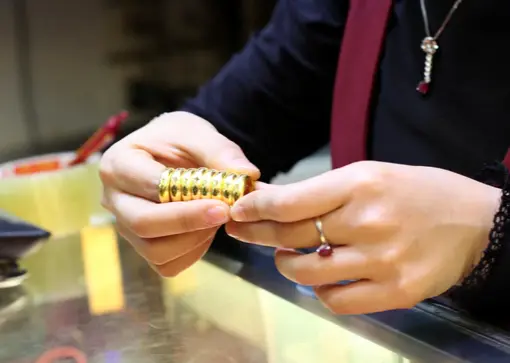




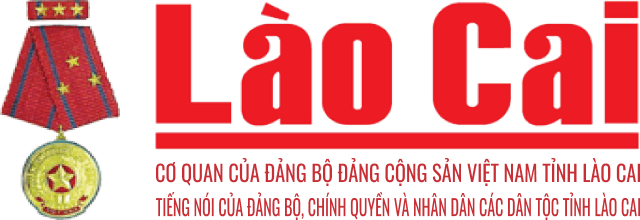














Comment (0)